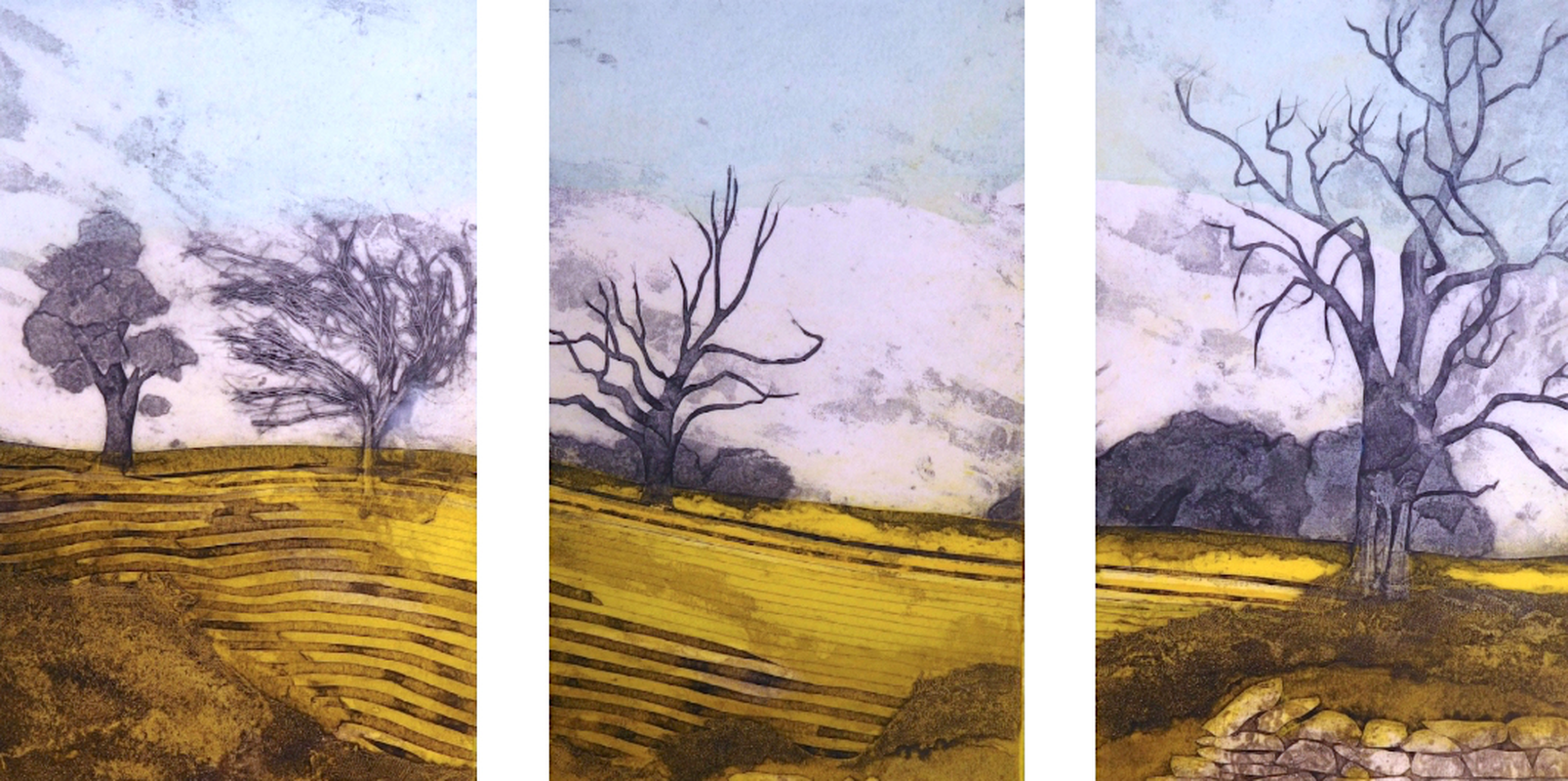
SARAH ROSS-THOMPSON AND THE ART OF COLLAGRAPHED PRINTS
I interviewed artist Sarah Ross-Thompson whose exceptional Collagraphed prints use fabrics, lichen, porridge and string to create images of the dramatic Scottish Highlands where she
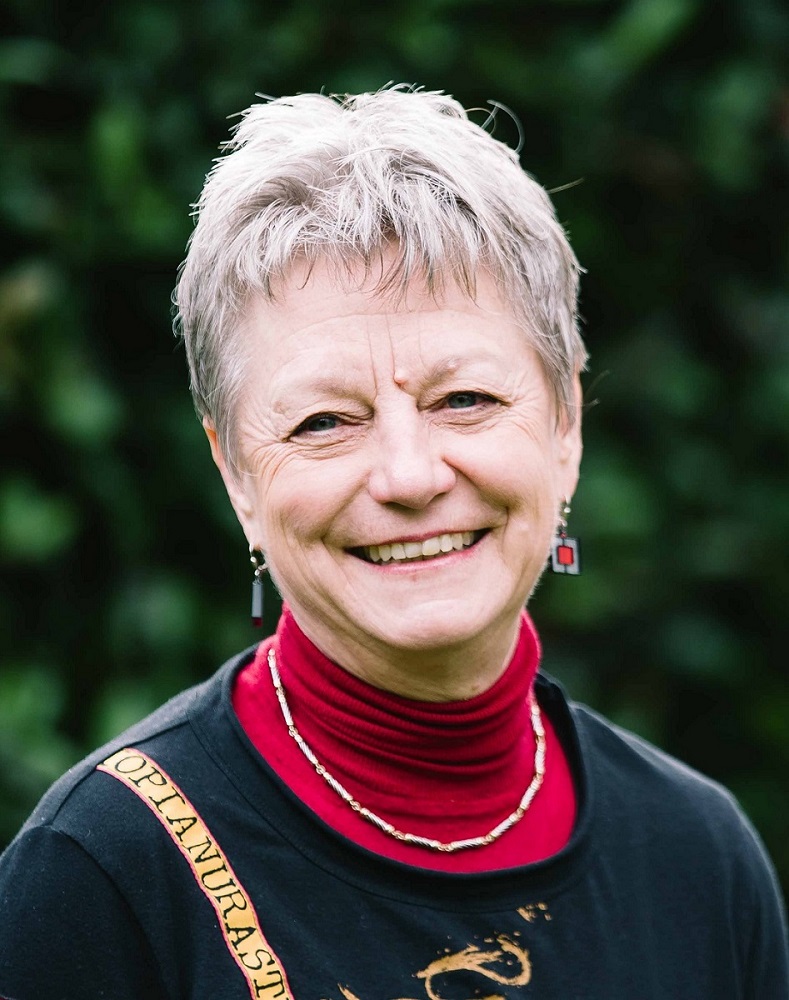

I interviewed prolific Australian author Virginia King whose journey of discovery through publishing has led to her Selkie Moon Mystery series. Virginia’s CV includes being a teacher, the author of over 50 children’s books, an audio-book producer, a workshop presenter and a prize-winning publisher. These days she lives in the Blue Mountains west of Sydney with her husband, where she disappears each day into Selkie Moon’s latest mystery.
Virginia, a driven author, described writing about Selkie Moon as her ‘blissful obsession’. When pressed, she explained: “When a voice wakes you up in the middle of the night and tells you to write a mystery series what’s a writer to do? That’s how I came to create Selkie Moon, after a massage from a strange woman with gifted hands was followed by this nocturnal message. I sat down at the keyboard until Selkie Moon turned up. All she had to do was jump, the first sentence said. Soon I was hooked, exploring far-flung places full of secrets where Selkie delves into psychological clues tangled up in the local mythology.”
Leslie: Tell me about your background in writing and publishing and how that led to your Selkie Moon Series.
Virginia: Serendipity has taken me on a crooked path to where I am now. I didn’t even think about being a writer until I landed a job with a children’s publisher after leaving a teaching career and spending a year in the unemployment queues. I got a job as a ‘publishing assistant’ (i.e. filing clerk & coffee maker), but when my boss died suddenly (I know, I had to have counselling) I got her job, producing audio-books for children. It inspired me to start writing my own. What I didn’t know was that deep down I wanted to write a novel. I had to start my own publishing company and win a national business award – publishing books written by children – before I realised that I didn’t want to publish, I wanted to write.
My psychological mystery series follows 35-year-old seminar presenter Selkie Moon and a cast of quirky characters. Selkie is a mythical name – after the Celtic seal people, who peel off their skins to dance under the moon in human form – and she started me on a modern-mysteries-with-a mythical-twist journey. My books delve into secrets, into the shadows we don’t know are driving us, from our mythical pasts and our present reality, told with a touch of humour.
The First Lie is set in Hawaii – lots of mythical labyrinths there for Selkie to get lost in on her journey of self-discovery. It’s won a BRAG Medallion. In The Second Path, Selkie wakes on a beach, naked and confused, and mythical clues about what’s happened to her draw her inexorably to France and a Perrault fairy tale. In Book Three, the mystery-in-progress takes her to Ireland where the local folklore helps her unravel a Victorian murder.
Leslie: How does a) psychology b) mythology impact on you as a writer and person?
Virginia: I find it fascinating when other authors explore, really explore, the minds of their characters. My own experiences with psychotherapy have given me amazing insights into the secret layers of the mind, and I lace these insights with imagination. In one scene Selkie has an out-of-body experience and this has happened to me several times – once in a garden where I felt completely connected to one rose for over an hour – deeply attached to the curves and flaws of its petals, to each drop of dew. In another scene Selkie investigates a dark secret buried in her own mind. I couldn’t have imagined these scenes if I hadn’t experienced something similar myself.

Mythology crept up on me when I thought I was writing ‘just’ a psychological mystery series. Selkie Moon brought her mythical credentials, but I didn’t want to retell fairy tales – I wanted to write modern stories. Then a ‘crisis of place’ changed everything. The First Lie was originally set in Sydney but when I visited all the locations, hoping to create a deeper connection with the story, I was shocked that they didn’t resonate with me. Serendipity intervened when I dropped Selkie into a whole new place – Hawaii – and the local mythology took me deeper into her mystery. I’ve always loved fairy tales and their layers of symbolism – they seem to speak to us from some deep well of cultural wisdom – so I weave these symbols into mysteries grounded in modern life. It’s all about layering – back to psychotherapy again.
Leslie: How do you create a writing mood? Beginning to end, how does the writing process unfold itself for you? What surprises happen on the way while you’re writing?
Virginia: My writing mood is instant when I sit down at my keyboard – like sitting on a meditation stool and dropping into that deep space at the bottom of a pool. I never know what I’m going to write. I’m a dedicated pantser, addicted to surprises, and the process is like breathing. Every book starts with one sentence and I have to ‘pants’ my way to the end to discover the mystery I’m writing.
Any idea that pops up is like a doorway into a secret. I put it into the manuscript, no matter how weird it is, then it bugs me until I know why it’s there. It means my mysteries are a mystery to me, making them more unpredictable than anything I could plan.
I could relate to Andrew Dillon in your recent interview with him – the notebooks everywhere and the inspiration in the middle of the night. I do the same. During those moments between sleeping and waking my mind makes connections between all the odd ideas that are niggling away in the manuscript. I often fill pages with notes before I’m fully awake. And if I don’t write them down, they’re gone. It’s a process I’ve come to trust and the layers it brings to my books are far deeper, quirkier and more creative than anything my conscious mind could imagine.
Leslie: How do you deal with problematic feelings about the book/characters or yourself as a writer as you go?
Virginia:My mantra is ‘let the writing be the thinking’ so I solve any problems by writing my way out of them. I’ve learned to regard roadblocks as gifts – they’re still painful but they always lead to a breakthrough.
I often rewrite scenes of dialogue over and over again, allowing the characters to go off in new directions and say things I don’t want them to say – that’s the great adventure for me, following them to the scary places. It also allows characters to be unpredictable – like real people. I never write character profiles for this reason – that would be creative death for me. In The Second Path a new important character wouldn’t reveal herself until I rewrote her first conversation with Selkie over and over again for a whole week. I tweeted that something had better pop and I hoped it wasn’t me! When the woman finally emerged she was much more complicated than I realised.
I’m a great believer in mistakes. I’ve written about how I ‘lost’ Selkie’s dress from the final scene of The Second Path – in the middle of the night I suddenly remembered that this important thread was missing from the ‘finished’ book. The mistake forced me to dig deep and the solution was elegant and surprising. If I hadn’t made the mistake this wouldn’t have happened.

Another technique is ‘flip it’ – if something’s not working I write exactly the opposite emotion, or swap the words to the other character’s mouth, or send the character in another direction. It always cracks things open.
Leslie: Which of the creative writing mantras, such as ‘show don’t tell’, do you accept and which do you question, and why?
Virginia: ‘Write what you DON’T know’ – it takes me to the scary places and gives my writing an edge. When I first started writing what became The First Lie it was a thinly veiled memoir written in the third-person. I was totally in love with every word for a couple of months and then one morning I fell face forward on the keyboard – with boredom. That’s when I flipped it to the first person and suddenly it was about someone else!
Know the rules – and break them. Hopefully with panache.
Leslie: Who are your models for writing fiction, and why?
Virginia:My own books are ‘genre-benders’ so I’m always looking for similar books to inspire me – or anything a little different. I don’t have any favourite authors but I do have favourite books – they’re all beautifully written, they play with character and they dabble in the surreal: The Girl in a Swing by Richard Adams, Del-Del by Victor Kelleher, The Haunting by Margaret Mahy, Kafka on the Shore by Haruki Murakami, The Quiet Woman by Terrence Faherty. I’ve read all of these books more than once trying to get under the skin of the story. Non-fiction books that inspired my series include Women Who Run with the Wolves by Clarissa Pinkola-Estes and Travels by Michael Crichton.
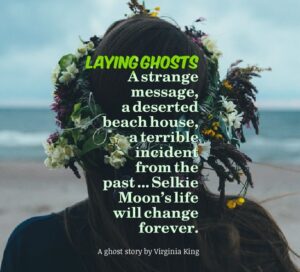 Leslie: Thank you Virginia, that was really fascinating. Can you tell interested readers where to find you online, please.
Leslie: Thank you Virginia, that was really fascinating. Can you tell interested readers where to find you online, please.
Virginia: Thank you, Leslie, it was my pleasure!
You can find my website here, My blog is here, I’m on Facebook here, and I’m on Twitter here. You can download Laying Ghosts, a free 24-page standalone haunted house story tangled up in a murder ballad dating back to the 1700s here. It’s also the prequel to the Selkie Moon Mystery Series and explains to the reader (and the author!) just why Selkie suddenly took off to Hawaii.
Finally, The First Lie and The Second Path can be bought here.
ABOUT LESLIE TATE’S BOOKS:

I interviewed artist Sarah Ross-Thompson whose exceptional Collagraphed prints use fabrics, lichen, porridge and string to create images of the dramatic Scottish Highlands where she
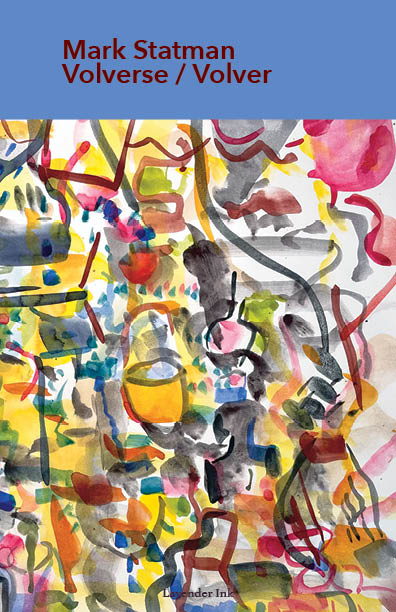
Part 2 of my interview with Mark Statman looks closely at Mark’s Latin American poetic influences, his life in Mexico and ends with an extract
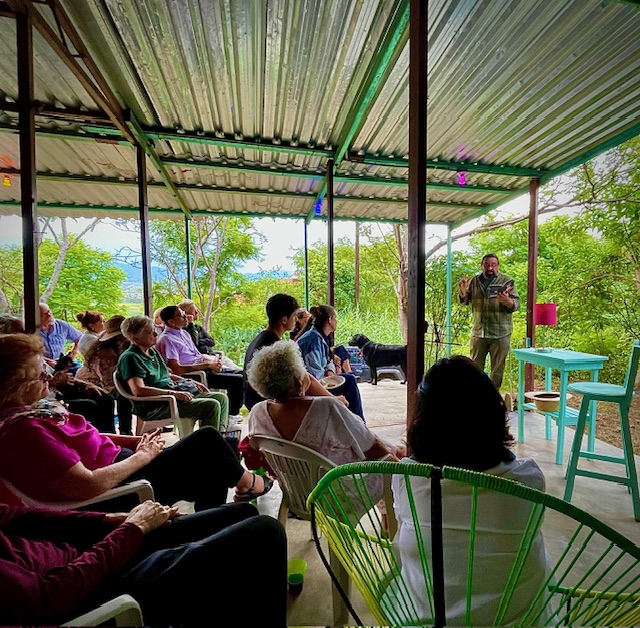
I interviewed international poet and translator Mark Statman about Volverse/Volver, his 14th published collection. Mark, who has won national arts awards, is Emeritus Professor of Literary

I interviewed Lisa Dart, finalist in the Grolier, Aesthetica and Troubadour Poetry Prizes and author of The Linguistics of Light (poems, Salt, 2008), Fathom (prose
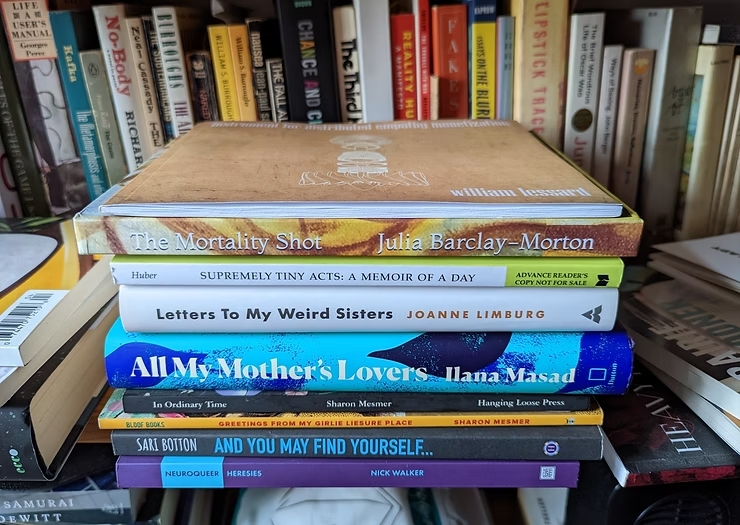
I interviewed writer Julia Lee Barclay-Morton about her experience of autism. Julia began as an experimental dramatist in New York, moving to the UK to
| Cookie | Duration | Description |
|---|---|---|
| cookielawinfo-checkbox-analytics | 11 months | This cookie is set by GDPR Cookie Consent plugin. The cookie is used to store the user consent for the cookies in the category "Analytics". |
| cookielawinfo-checkbox-functional | 11 months | The cookie is set by GDPR cookie consent to record the user consent for the cookies in the category "Functional". |
| cookielawinfo-checkbox-necessary | 11 months | This cookie is set by GDPR Cookie Consent plugin. The cookies is used to store the user consent for the cookies in the category "Necessary". |
| cookielawinfo-checkbox-others | 11 months | This cookie is set by GDPR Cookie Consent plugin. The cookie is used to store the user consent for the cookies in the category "Other. |
| cookielawinfo-checkbox-performance | 11 months | This cookie is set by GDPR Cookie Consent plugin. The cookie is used to store the user consent for the cookies in the category "Performance". |
| viewed_cookie_policy | 11 months | The cookie is set by the GDPR Cookie Consent plugin and is used to store whether or not user has consented to the use of cookies. It does not store any personal data. |
3 responses
Wonderful interview, Virginia and Leslie. Here’s to mistakes, genre-benders, writing what you DON’T know, and re-writing in the spirit of adventure. I love your philosophy, Virginia! Can’t wait to take a look at your books. Thank you!
Thanks, Robin. Writing is about taking risks!
Hi Robin, I’ve just seen your comment. I’m glad you’re a fan of the roller-coaster. Thanks for reading the interview. I’m tangled in the mire of Selkie’s Hong Kong mystery at the moment (The Fourth Door) so you and Leslie have reminded me to follow my own philosophy and write my way out of it! Cheers, Virginia